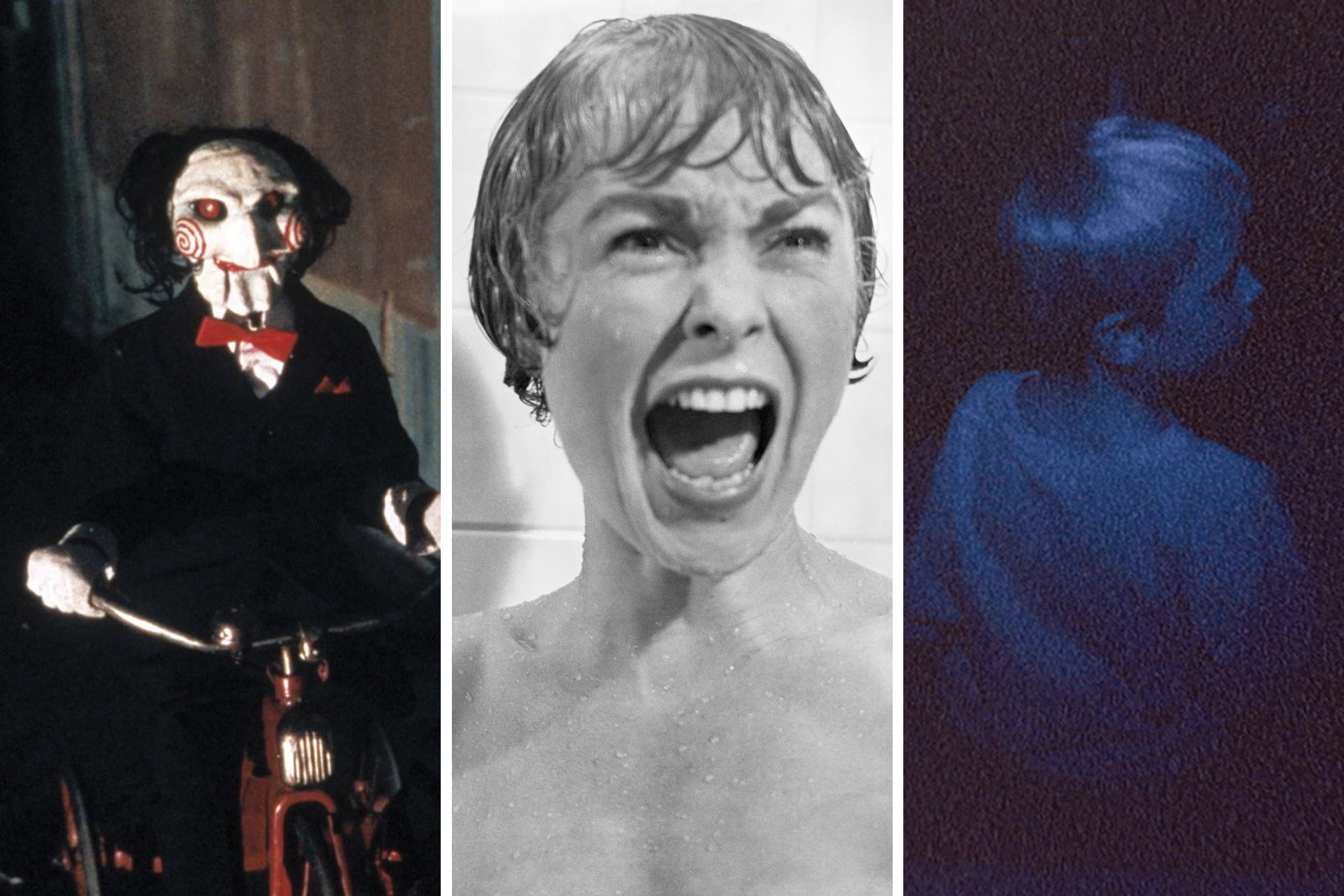
Made for a grand total of only $15,000, buzzy horror breakout Skinamarink is the latest low-budget fright flick to capture the Internet’s attention.
Shot entirely inside writer-director Kyle Edward Ball’s childhood home in Edmonton, Alberta, where his parents still live, Skinamarink follows two children—Kevin (Lucas Paul) and Kaylee (Dali Rose Tetreault)—after they awaken in the middle of the night to find their father is missing, and all the windows and doors in their house have disappeared.
The experimental film, Ball’s debut feature, premiered at the Fantasia International Film Festival in July before it was pirated from another festival’s at-home viewing platform and began circulating online. It became a viral sensation on TikTok and Reddit, with some viewers describing it as the scariest movie they’d ever seen.
Skinamarink leaking online was a double-edged sword, according to Ball. “I’m not happy that it got leaked. Having it get pirated in the beginning was a nightmare, and it caused conflicted emotions in me,” he told RogerEbert.com. “But, when someone sees my movie—whether it’s in a theater, or streaming on Shudder, or they pirated it—and they love it, I can’t help but be happy that they loved it, right?”
Skinamarink is set to hit theaters on Jan. 13—ahead of a subsequent streaming debut on Shudder—as it looks to follow in the grand tradition of micro-budget horror films that have made their mark on the genre.
Here are 10 of the most memorable low-budget scary movies that have scared audiences silly.
Read more: How Creepy Dolls Like M3GAN Became a Horror Phenomenon
Psycho (1960)
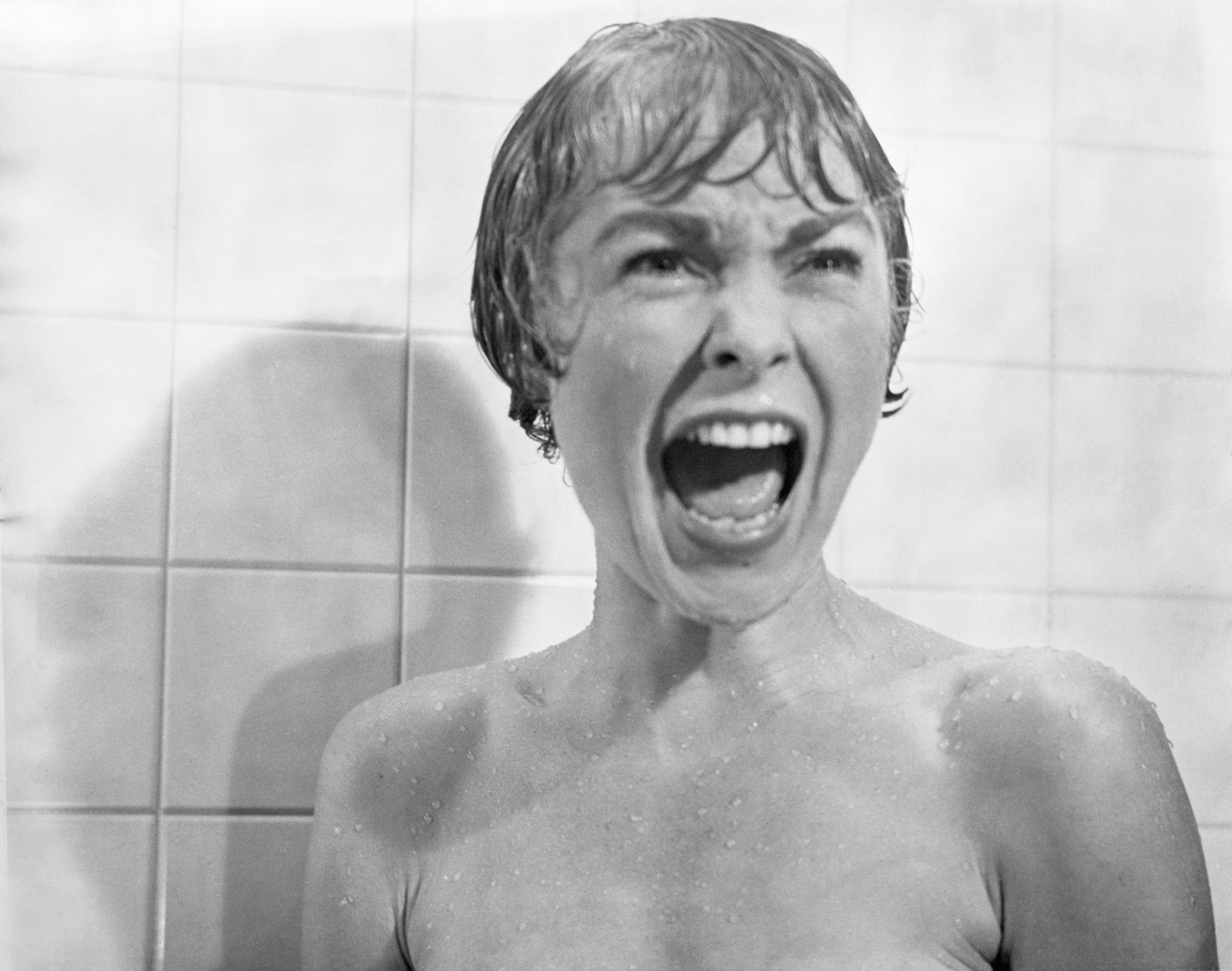
In legendary filmmaker Alfred Hitchcock’s arguably most famous movie, the majority of the violence takes place off-screen. This, combined with Hitchcock’s decision to defer his director’s fee in exchange for a 60% share in the film’s profits, allowed Psycho to be made on the modest budget of $800,000 ($8 million today). It would go on to earn over $32 million ($390 million today) at the box office.
Often credited with ushering in modern horror, Psycho was the first big, mainstream film that tapped into the fear of the monster within, according to James Kendrick, an associate professor of film and digital media at Baylor University who’s an expert on horror.
“All of a sudden, horror’s not this clearly coded vampire in a castle in Transylvania. It’s not a shambling monster. It’s not a werewolf. It’s not something obvious,” he told TIME in 2020. “It’s the relatively benign-looking guy behind the counter at the roadside motel who’s turned into a monster because of the perversions of his own mother.”
Night of the Living Dead (1968)

Working on a shoestring budget of $114,000 ($960,000 today), writer-director George A. Romero delivered a seminal film that spawned horror’s illustrious zombie subgenre and continues to inspire countless imitators to this day.
Shot outside Pittsburgh using homemade props and chocolate syrup blood, Night of the Living Dead, at face value, is a movie about a group of people attempting to survive a zombie apocalypse. But it’s also rife with social commentary on 1960s American society, features the horror genre’s first Black lead (Duane Jones as Ben), and, having grossed over $30 million ($252 million today), still stands as one of the most successful independent films ever made.
The Texas Chain Saw Massacre (1974)
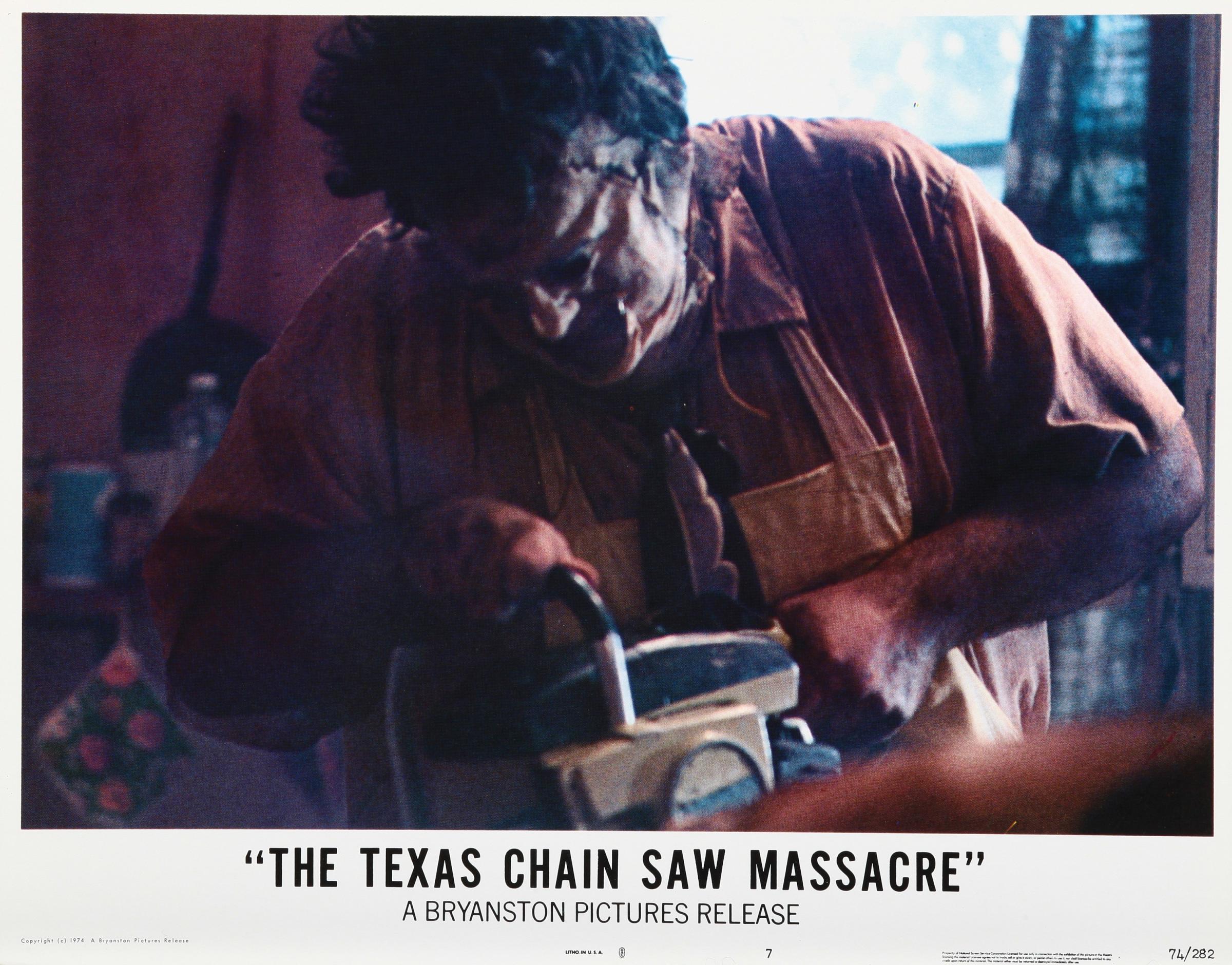
Inspired by the same real-life serial killer, Ed Gein, who was the basis for Psycho‘s Norman Bates, the original Texas Chainsaw Massacre was a bare-bones bloodbath that launched a quarter-billion dollar franchise. With a budget of less than $140,000 ($831,000 today), the movie’s 32-day shoot in the scorching Texas summer heat was miserable by nearly all accounts.
“Everyone hated me by the end of the production,” director Tobe Hooper said in an interview at South by Southwest in 2014. “It just took years for them to kind of cool off.”
Ultimately, that misery forever changed the horror landscape by giving rise to the first-wave of ultra-gory slasher flicks. It also grossed over $30 million ($178 million today).
Halloween (1978)
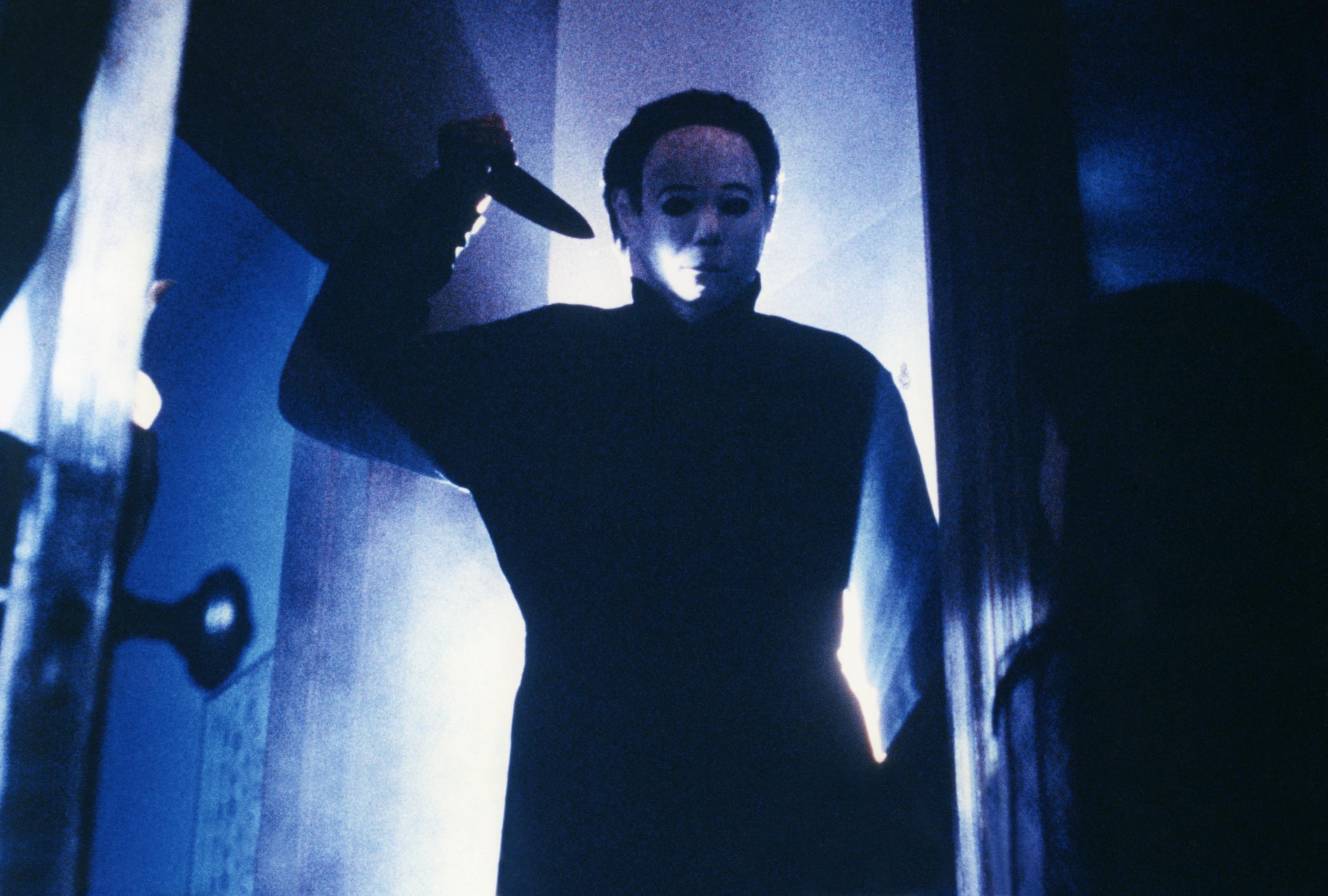
Director John Carpenter’s iconic horror classic not only introduced the world to masked killer Michael Myers—and original scream queen Jamie Lee Curtis as his sister, Laurie Strode—it also earned around $47 million against a budget of only $325,000 ($211 million against $1.5 million today).
Cinematographer Dean Cundey has credited Halloween‘s expensive-looking shots to the newest technology at the time, the Steadicam, a camera stabilizing device that allowed them to shoot the movie’s terrifying opening scene in a single day. “We couldn’t have done it without the Steadicam,” he said. “There was no other piece of equipment that would have been able to go across the street, look into the house, go into the kitchen, up the steps, into a bedroom, and back down again.”
A Nightmare on Elm Street (1984)

There’s arguably no character that’s served as greater nightmare fuel than the dream-haunting, bladed glove-wielding bogeyman known as Freddy Krueger. Shot for $1.8 million ($5 million today) over the course of a month, Wes Craven’s A Nightmare on Elm Street has since earned a reputation as one of the most celebrated horror classics. In scaring up nearly $26 million ($73 million today) at the box office, the movie essentially saved New Line Cinema from bankruptcy, leading the studio to be nicknamed “The House That Freddy Built.”
The Blair Witch Project (1999)
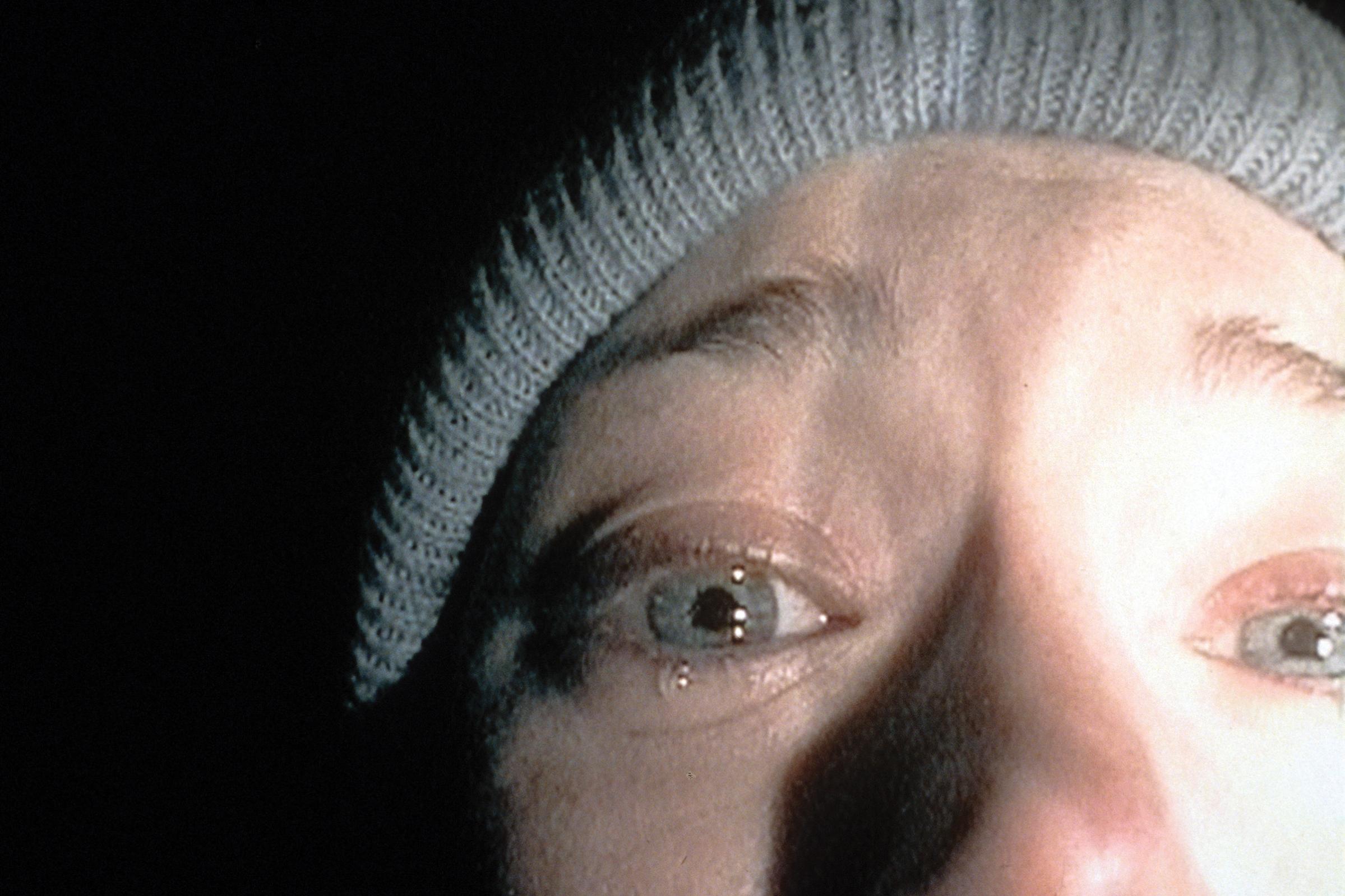
Renowned as the original “found-footage” horror film, The Blair Witch Project was produced for a measly $60,000 ($105,000 today) before earning nearly $250 million ($439 million today) worldwide. The documentary-style indie sensation, which appeared on the cover of TIME in 1999, terrified a generation of horror fans by blurring the line between fact and fiction with a cautionary tale about three student filmmakers who hike into the Black Hills of Maryland to investigate a local urban legend.
Saw (2004)
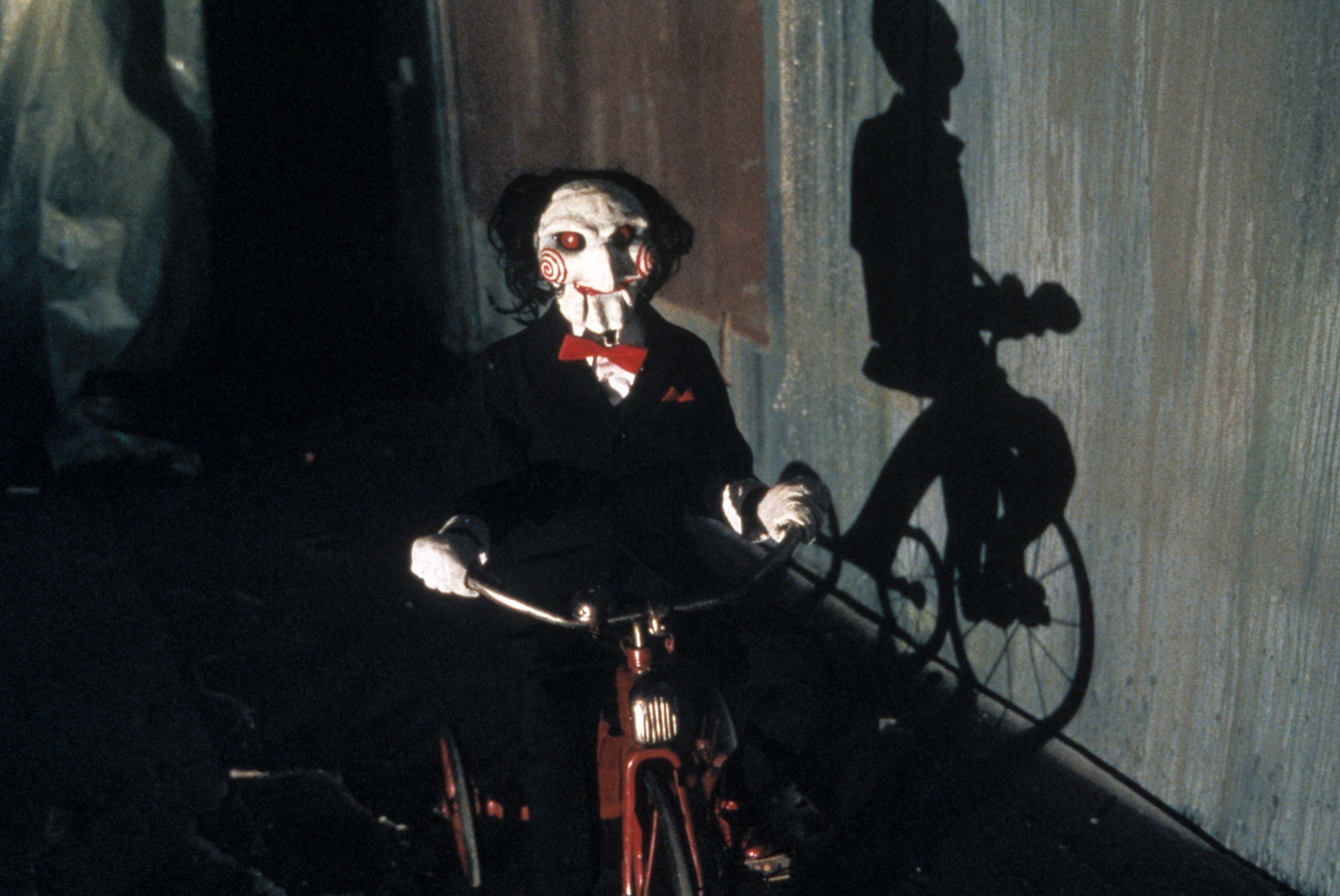
It may be difficult to believe that horror legend James Wan ever had trouble getting a movie made. But early in his career, Wan and his screenwriting partner, Leigh Whannell, struggled to find funding for a project titled “Saw.” The rest is history, with the grisly $1.2-million film ($1.9 million today) that eventually came out of that script earning over $103 million ($160 million today) worldwide and launching a franchise that has since netted more than $1 billion.
Wan and Whannell have said they don’t see the original Saw as “torture porn,” but the 2004 movie—in which sadistic serial killer Jigsaw tests his victims’ will to live with diabolical death traps—is still widely regarded as having kick-started the notorious, and controversial, subgenre that came to define aughts horror.
Paranormal Activity (2007)
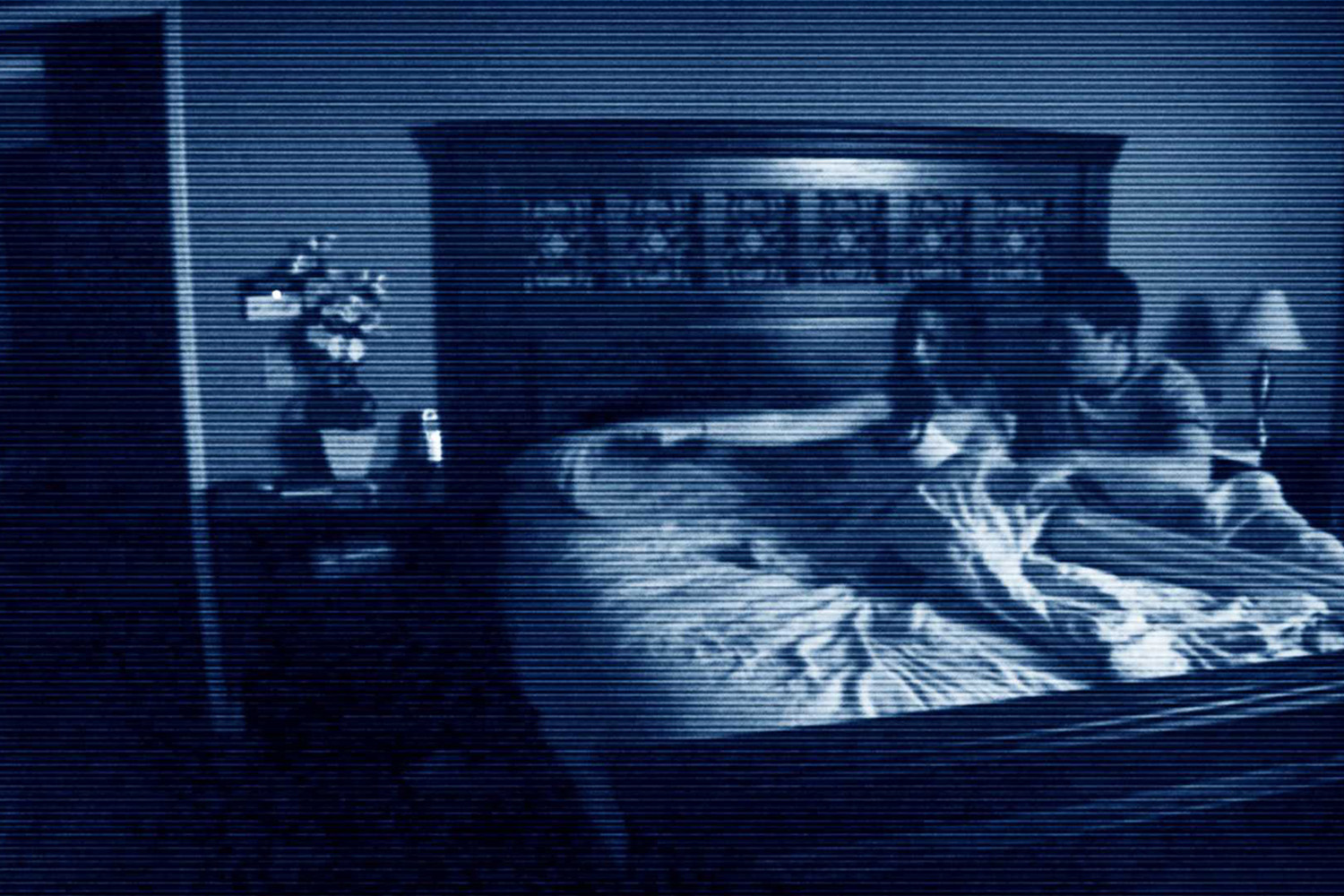
When it comes to return on investment, Paranormal Activity is considered one of the most profitable movies of all time. The “found-footage” scarefest, shot as if a couple is recording themselves (and the demonic presence haunting them) on video cameras inside their home, was initially made for only $15,000 ($21,000 today). Redoing the sound and adding a new ending (a change requested by Steven Spielberg after the film was picked up by his production company, DreamWorks, to be distributed through Paramount) later brought the total budget to $215,000 ($303,000 today) ahead of the movie earning $193 million ($272 million today) at the global box office.
Paranormal Activity‘s success was fueled by a viral marketing campaign that featured footage of audiences in packed screenings screaming their heads off in terror.
The Babadook (2014)
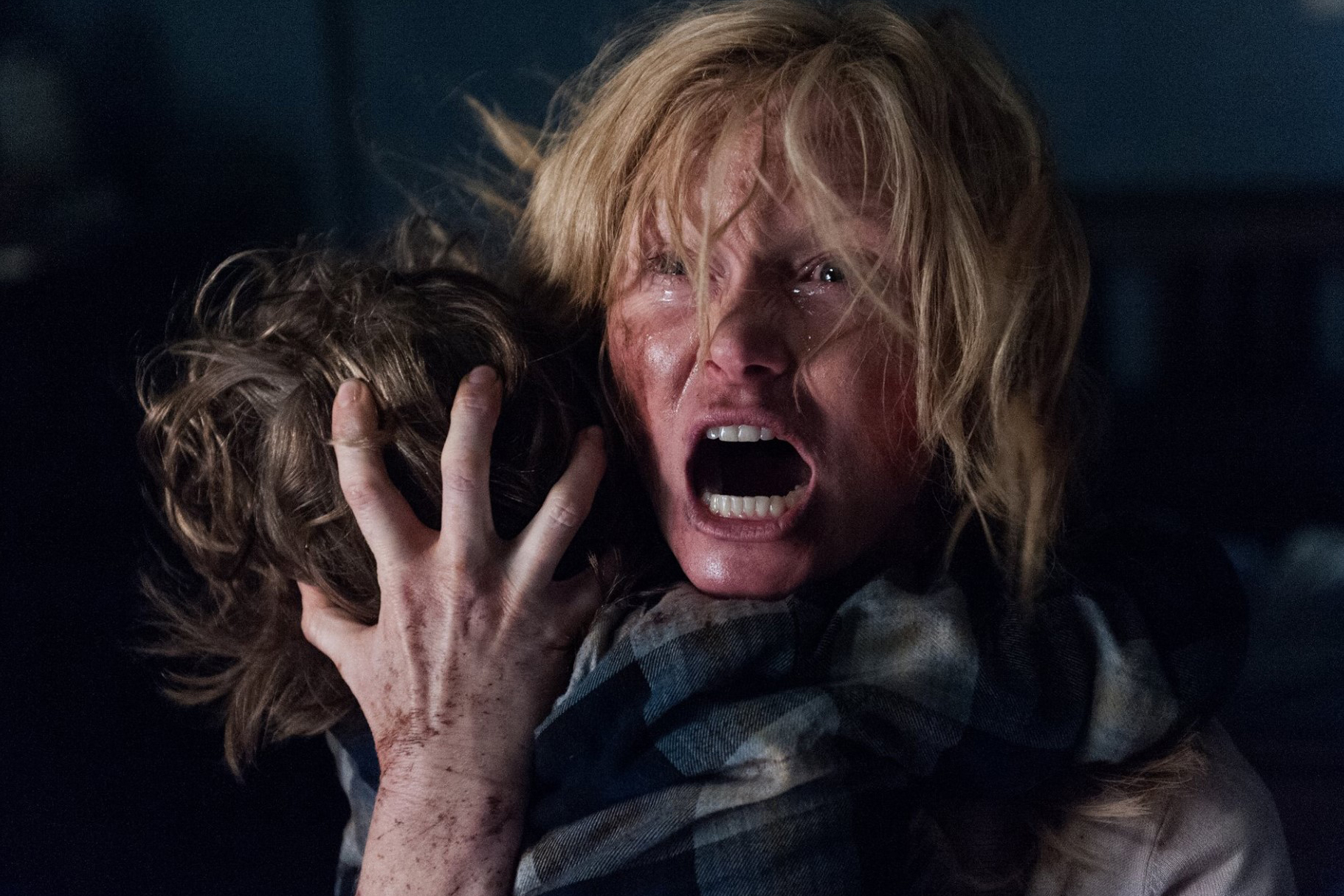
Broadly viewed as a metaphor for grief and depression, The Babadook was met with critical acclaim in 2014 and has since come to be widely considered one of the best horror movies of the 21st century.
Working on a budget of $2 million ($2.4 million today), writer-director Jennifer Kent relied largely on viewers’ imagination to cultivate a a relentless sense of dread—and over $10 million ($12.4 million today) at the box office—in telling the story of a mother, her young son, and the monster that comes to haunt them.
Get Out (2017)
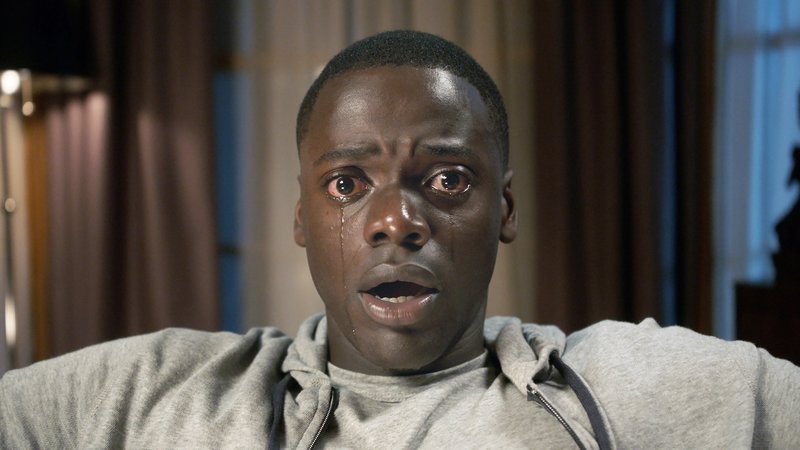
Chronicling the harrowing weekend that a young Black photographer (Daniel Kaluuya) spends at his white girlfriend’s (Allison Williams) family home, Jordan Peele’s masterful directorial debut was born from the horrors of what Peele has referred to as the “post-racial lie.”
“We were in this era where the calling out of racism was almost viewed as a step back,” Peele told Vanity Fair in 2017. “Trump was saying that the first Black President wasn’t a citizen…There was this feeling like, ‘You know what, there’s a Black President. Maybe if we just step back, [Trump] can say his bullsh-t. No one cares. And racism will be gone.’ That’s the era I imagined this movie would come out in.”
Produced for under $5 million ($6 million today) with the standard low-budget Blumhouse Productions model, Get Out, which won an Oscar for best original screenplay, went on to make over $255 million ($305 million today) worldwide. It also instantly established Peele as a modern horror master, launching his career as a filmmaker who continues to revolutionize the genre with offerings like Us (2019) and Nope (2022).
More Must-Reads from TIME
- Why Biden Dropped Out
- Ukraine’s Plan to Survive Trump
- The Rise of a New Kind of Parenting Guru
- The Chaos and Commotion of the RNC in Photos
- Why We All Have a Stake in Twisters’ Success
- 8 Eating Habits That Actually Improve Your Sleep
- Welcome to the Noah Lyles Olympics
- Get Our Paris Olympics Newsletter in Your Inbox
Write to Megan McCluskey at megan.mccluskey@time.com